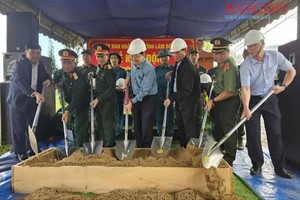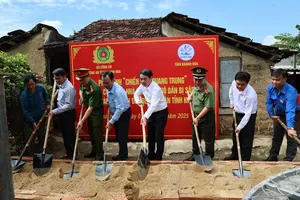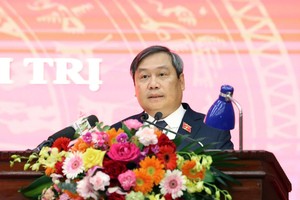
The Ministry of Planning and Investment coordinated with the Japanese Embassy in Vietnam and the Vietnam - Japan Economic Committee under the Japan Business Federation (Keidanren) to organize the ceremony. It was held based on the joint declaration on upgrading Vietnam - Japan relations to a ‘Comprehensive Strategic Partnership for peace and prosperity in Asia and the world’ and the results of the implementation of 8 phases of the Vietnam-Japan Joint Initiative over the past 20 years.
The Vietnam - Japan Joint Initiative was initiated in April 2003, as a special cooperation between the Governments of Vietnam and Japan. Through 20 years, the Vietnam - Japan Joint Initiative has completed 8 phases, with a total of 497/594 items completed well and on schedule, accounting for 84 percent of the total items in the two sides’ action plan. It has been making important contributions to the promotion of foreign investment (FDI) from Japan into Vietnam in particular and from countries around the world in general.
Japanese investors have invested in 5,288 projects with a total registered investment capital of US$74.3 billion cumulatively as of February 20, 2024 greatly contributing to Vietnamese socio-economic development. In the first 2 months of the year alone, Japan's total registered capital reached USS$422.4 million, an increase of 290 percent over the same period. The increased registered capital of Japanese investors proves that Japan is considering Vietnam an attractive and safe investment destination.
The two sides also agreed that the expected implementation time for phase 1 of the Vietnam-Japan Joint Initiative in the new era is 19 months (from March 2024 to October 2025). In particular, a mid-term review meeting (around December 2024) and a high-level meeting are expected to evaluate the results of the implementation of the new phase 1 around October 2025.
The Vietnam - Japan Joint Initiative in the new era consists of five major groups of issues:
(1) Promoting the Asia Zero Emission Community (AZEC) and green transition.
(2) Promoting innovation and digital transformation.
(3) Strengthening supply chains, including the development of the supporting industries.
(4) Training high-quality human resources in the fields of IT, AI, and semiconductors.
(5) Reforming mechanisms to improve the business climate.
























